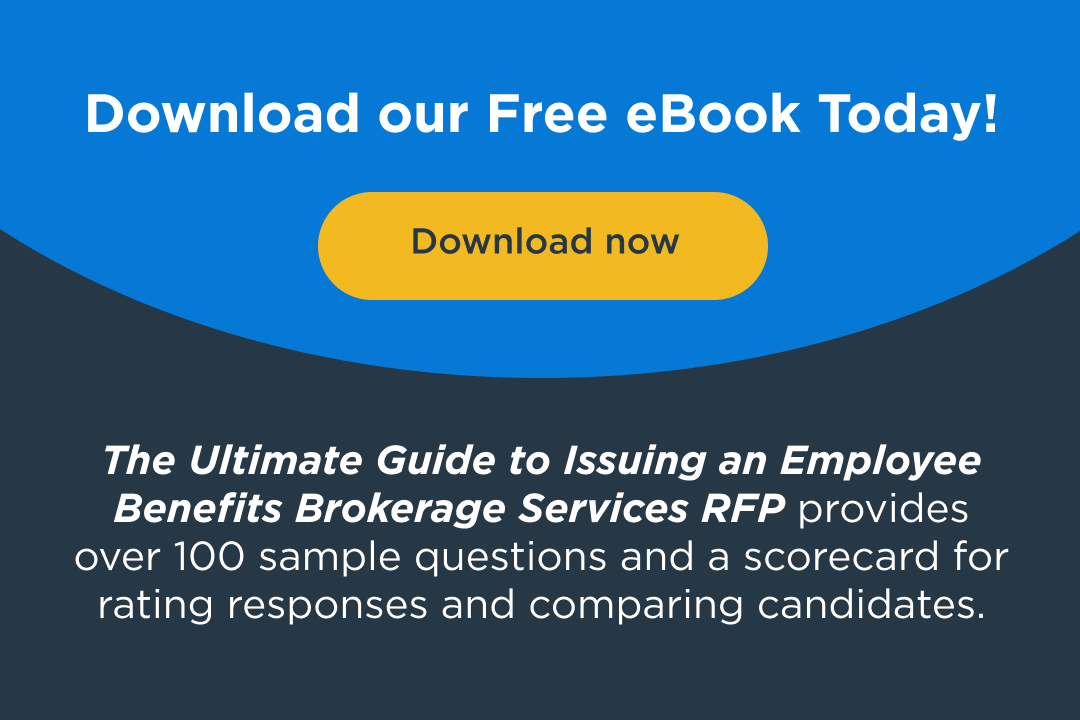From Big Data to Big Savings: How AI and Large Language Models Are Reshaping Employee Benefits Consulting
August 15, 2025

For years, HR and finance teams have known that better use of benefits data could unlock serious cost savings and improved employee value—but turning that data into action has been frustratingly slow. Now, thanks to large language models (LLMs) and platforms like Palantir’s Foundry software, that’s finally changing.
These tools are helping consultants and employers move faster, think smarter, and spend more strategically.
The Data Tsunami Facing Employers
As a consultant working with organizations ranging from 100 to 5,000 employees, I’ve seen firsthand the sheer volume of data employers are swimming in: medical and pharmacy claims, eligibility files, point solution utilization reports, and wellness engagement metrics. Pulling insights from these sources has often meant jumping between disconnected systems, building manual reports, and pouring over spreadsheets for hours. But now, AI can turn weeks of work into minutes.
LLMs: From Raw Files to Real Insight
LLMs—like those powering ChatGPT—are particularly transformative because they can synthesize both structured and unstructured data at scale. Picture this: a tool that can review three years of claims files, cross-reference that against plan documents, benchmark plan design against regional norms, and surface gaps or inefficiencies automatically. It’s not a vision of the future. It’s happening right now.
Where AI Is Already Driving Savings
One example we’ve seen in action is the Johns Hopkins ACG (Adjusted Clinical Groups) system, which leverages predictive analytics to stratify population risk and identify individuals most likely to incur high future healthcare costs. This tool allows us to proactively intervene—not reactively respond—by matching the right programs or interventions with the right population segments before costs spiral.
These technologies are already helping consultants and employers alike identify high-impact savings opportunities. Examples include:
- Surfacing wasteful low-value medical spend (e.g., unnecessary imaging or ER utilization)
- Identifying opportunities for spousal surcharges or dependent audits
- Detecting plan design mismatches (e.g., underuse of HDHP + HSA despite eligible workforce)
- Forecasting emerging cost drivers, like GLP-1 medications
From Reporting to Strategic Guidance
This shift isn’t just about reducing costs; it’s about elevating the strategic role of employee benefits.
Data-fueled insights allow consultants to move from reactive reporting to proactive guidance. Rather than spending hours building pivot tables from scratch, we can now focus on the “why” behind the trends—and what to do about them.
The Ethics of AI in Benefits
Still, the power of these tools comes with responsibility. The growing use of AI in benefits consulting raises important questions:
- Who owns and controls the data?
- How do we ensure predictions don’t amplify bias or overlook edge cases?
- Are we staying compliant with HIPAA, GINA, and evolving global privacy laws?
These aren’t theoretical risks. They’re pressing operational realities, especially for clients in education, healthcare, or public sectors where employee trust and data protection are paramount. Consultants must become not just data-literate but [data-responsible].
Why Human Insight Still Matters
Here’s the good news: these tools aren’t here to replace benefits consultants—they’re here to augment them. AI doesn’t diminish the need for human context, judgment, or empathy. If anything, it enhances our ability to focus on high-value activities: engaging clients, crafting strategy, and delivering tailored guidance.
The Future of Smarter Benefits
The future of employee benefits consulting lies in blending advanced analytics with human insight. With LLMs and intelligent platforms on our side, we can navigate complexity faster, serve clients more strategically, and build benefits programs that are both cost-effective and people-centered.
The bottom line: AI and LLMs aren’t just the future of benefits consulting—they’re the present. Used responsibly, these tools can help consultants deliver smarter strategies, sharper insights, and better outcomes for both employers and their people.
Now is the time to lean in – not just to the data, but to the opportunities it unlocks.


